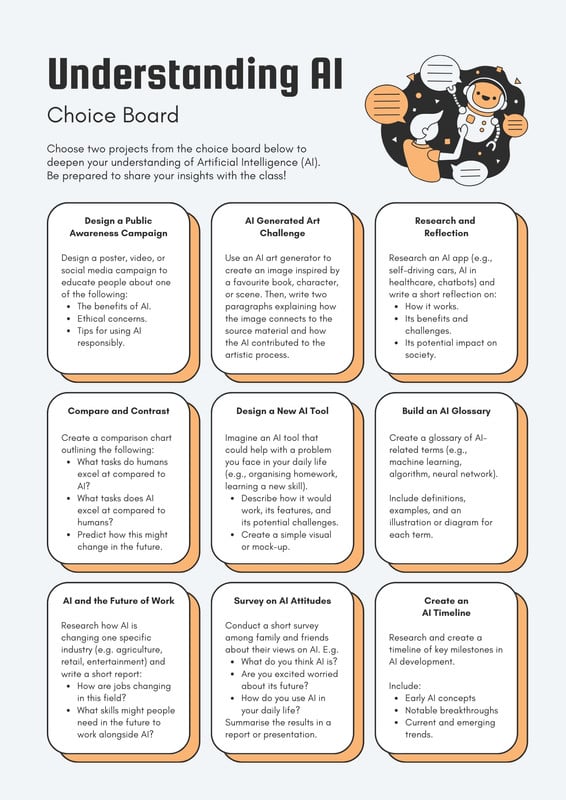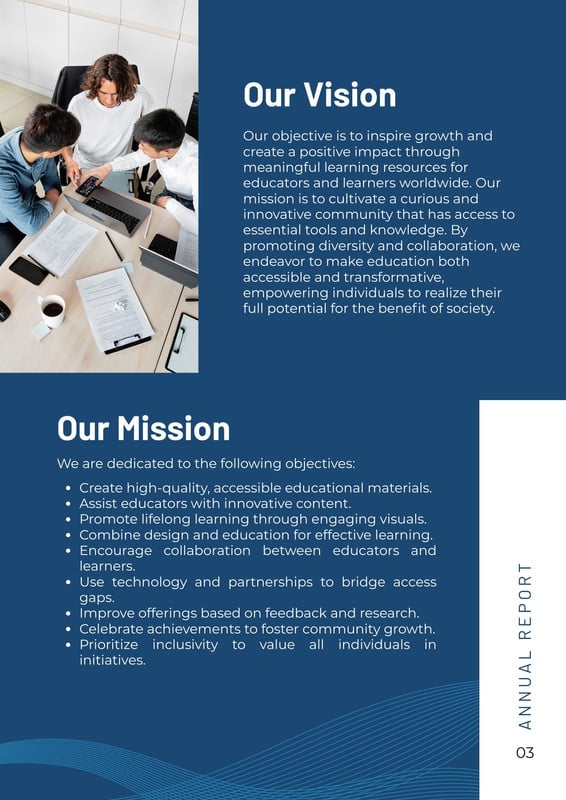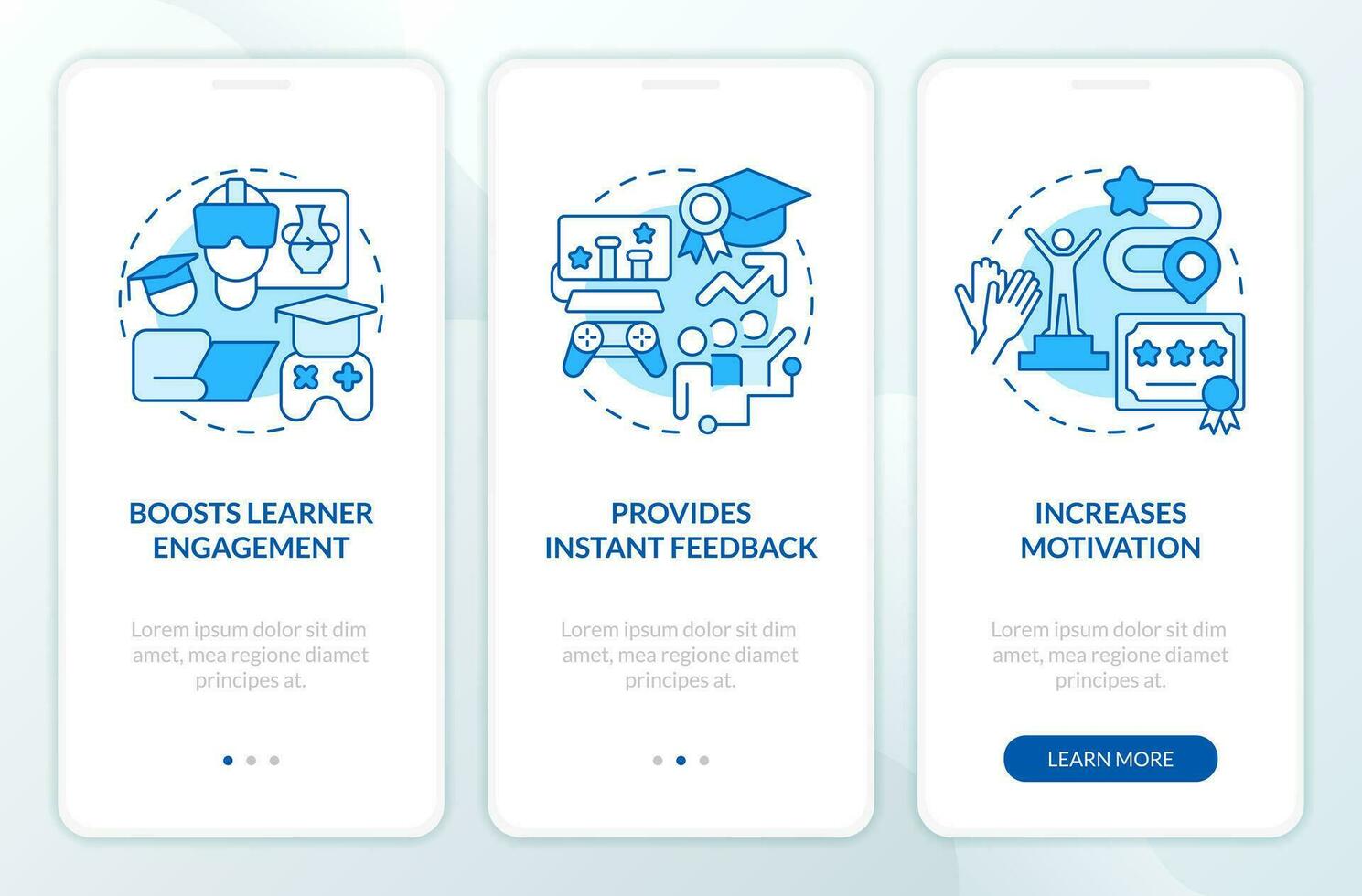Effective Strategies for Differentiated Instruction: Meeting Diverse Needs


- Content: What students learn (e.g., different reading materials, varied content delivery methods).
- Process: How students make sense of the content (e.g., learning activities, tiered tasks).
- Product: How students demonstrate their learning (e.g., presentations, essays, projects).
- Learning Environment: The physical and emotional climate of the classroom (e.g., flexible seating, collaborative work spaces).
Element | Description | Examples |
|---|---|---|
Content | The information and skills students need to learn. | Providing different reading levels on the same topic, using varied text formats (audio, video, graphic). |
Process | The activities students engage in to make sense of the content. | Tiered activities based on readiness, learning centers, flexible grouping. |
Product | The way students demonstrate their learning. | Choice of projects, presentations, essays, or performances; rubrics tailored to different skill levels. |
Learning Environment | The physical and emotional climate of the classroom. | Flexible seating arrangements, quiet corners, collaborative workspaces, positive and supportive classroom culture. |
Element | Description | Examples |
|---|---|---|
Content | The information and skills students need to learn. | Providing different reading levels on the same topic, using varied text formats (audio, video, graphic). |
Process | The activities students engage in to make sense of the content. | Tiered activities based on readiness, learning centers, flexible grouping. |
Product | The way students demonstrate their learning. | Choice of projects, presentations, essays, or performances; rubrics tailored to different skill levels. |
Learning Environment | The physical and emotional climate of the classroom. | Flexible seating arrangements, quiet corners, collaborative workspaces, positive and supportive classroom culture. |

- Assess student readiness levels before assigning tiered activities.
- Provide clear instructions and expectations for each tier.
- Offer scaffolding and support for students who need it.
- Allow students to choose their tier, with teacher guidance.
- Ensure all tiers address the same learning objectives.
Tier | Description | Example |
|---|---|---|
Tier 1 (Foundational) | Activities designed for students needing more support. Focuses on basic concepts and skills. | Identifying fractions using visual aids, simple fraction problems. |
Tier 2 (Intermediate) | Activities designed for students ready for a moderate challenge. Focuses on applying concepts and skills. | Comparing and ordering fractions, solving routine fraction problems. |
Tier 3 (Advanced) | Activities designed for students ready for a more advanced challenge. Focuses on higher-order thinking skills. | Solving complex word problems involving fractions, creating their own fraction problems. |
Tier | Description | Example |
|---|---|---|
Tier 1 (Foundational) | Activities designed for students needing more support. Focuses on basic concepts and skills. | Identifying fractions using visual aids, simple fraction problems. |
Tier 2 (Intermediate) | Activities designed for students ready for a moderate challenge. Focuses on applying concepts and skills. | Comparing and ordering fractions, solving routine fraction problems. |
Tier 3 (Advanced) | Activities designed for students ready for a more advanced challenge. Focuses on higher-order thinking skills. | Solving complex word problems involving fractions, creating their own fraction problems. |

- Homogeneous Grouping: Grouping students with similar needs or skill levels.
- Heterogeneous Grouping: Grouping students with diverse needs and skill levels.
- Interest-Based Grouping: Grouping students based on shared interests.
- Random Grouping: Grouping students randomly to promote collaboration and exposure to diverse perspectives.
- Expert Groups: Grouping students who have mastered a concept to help teach others.
Grouping Type | Description | Benefits |
|---|---|---|
Homogeneous | Students with similar skill levels work together. | Targeted instruction, reduced frustration for struggling learners, advanced learners can be challenged. |
Heterogeneous | Students with mixed skill levels work together. | Peer tutoring, diverse perspectives, promotes collaboration and social skills. |
Interest-Based | Students with shared interests work together. | Increased motivation, engagement, and creativity. |
Random | Students are grouped randomly. | Exposure to different perspectives, promotes adaptability and collaboration. |
Grouping Type | Description | Benefits |
|---|---|---|
Homogeneous | Students with similar skill levels work together. | Targeted instruction, reduced frustration for struggling learners, advanced learners can be challenged. |
Heterogeneous | Students with mixed skill levels work together. | Peer tutoring, diverse perspectives, promotes collaboration and social skills. |
Interest-Based | Students with shared interests work together. | Increased motivation, engagement, and creativity. |
Random | Students are grouped randomly. | Exposure to different perspectives, promotes adaptability and collaboration. |

- Clearly define the learning objectives for the assignment.
- Offer a variety of options that cater to different learning styles and interests.
- Include both required and optional choices.
- Provide clear instructions and rubrics for each option.
- Allow students to choose options that challenge them.
Component | Description | Benefits |
|---|---|---|
Variety of Options | Offering different ways to learn and demonstrate understanding. | Caters to different learning styles and interests, increases engagement. |
Required Choices | Activities that all students must complete to ensure mastery of core concepts. | Ensures foundational knowledge is acquired by all students. |
Optional Choices | Activities that students can choose to explore specific interests or demonstrate deeper understanding. | Promotes student ownership and allows for personalized learning. |
Clear Instructions | Detailed guidelines for each activity. | Reduces confusion and ensures students understand expectations. |
Component | Description | Benefits |
|---|---|---|
Variety of Options | Offering different ways to learn and demonstrate understanding. | Caters to different learning styles and interests, increases engagement. |
Required Choices | Activities that all students must complete to ensure mastery of core concepts. | Ensures foundational knowledge is acquired by all students. |
Optional Choices | Activities that students can choose to explore specific interests or demonstrate deeper understanding. | Promotes student ownership and allows for personalized learning. |
Clear Instructions | Detailed guidelines for each activity. | Reduces confusion and ensures students understand expectations. |

- Adaptive learning platforms: Provide personalized learning experiences based on student performance.
- Educational apps: Offer interactive activities and targeted practice.
- Multimedia resources: Provide content in various formats (e.g., video, audio, text).
- Online collaboration tools: Facilitate collaborative learning and peer support.
- Text-to-speech software: Supports students with reading difficulties.
Technology Tool | Description | Differentiation Application |
|---|---|---|
Adaptive Learning Platforms | Platforms that adjust content based on student performance. | Personalized learning paths, targeted practice, adaptive assessments. |
Educational Apps | Apps that offer interactive activities and games. | Engaging activities, skill-based practice, individualized feedback. |
Multimedia Resources | Videos, audio recordings, and interactive simulations. | Varied content delivery, caters to different learning styles, enhances comprehension. |
Online Collaboration Tools | Platforms for students to work together online. | Collaborative projects, peer support, group discussions. |
Technology Tool | Description | Differentiation Application |
|---|---|---|
Adaptive Learning Platforms | Platforms that adjust content based on student performance. | Personalized learning paths, targeted practice, adaptive assessments. |
Educational Apps | Apps that offer interactive activities and games. | Engaging activities, skill-based practice, individualized feedback. |
Multimedia Resources | Videos, audio recordings, and interactive simulations. | Varied content delivery, caters to different learning styles, enhances comprehension. |
Online Collaboration Tools | Platforms for students to work together online. | Collaborative projects, peer support, group discussions. |









